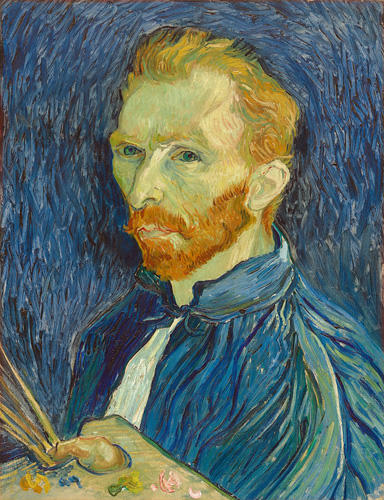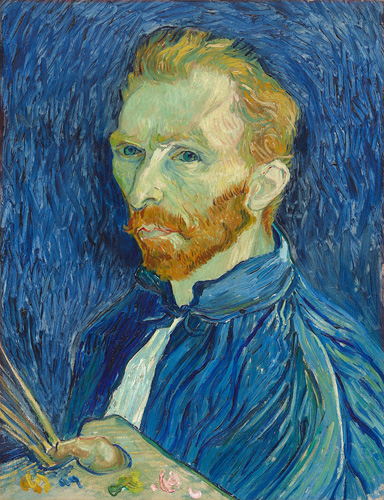Picture lighting is important to most people whether they’re a homeowner with a favourite water-colour, a gallery owner with a priceless Rembrandt or even a hospital art coordinator looking to make the corridors a pleasure to walk down with fetching scenes. Picture lights provide a convenient solution to displaying artwork but choosing the right light fitting to get the best out of your artwork can be testing. Below we look at two of the most important factors to consider when it comes to lighting your pictures properly: size and colour temperature.
What size of picture light should I choose?
Rule of thumb
The most common rule of thumb is ‘choose a picture light that is half the size of the picture, excluding frame’, but if you dig around you’ll confusingly find one or two others. In truth, with smaller artworks you’ll often be able to choose lights that are as little as a third of the picture width. The opposite is true of extra large artworks (e.g. over 36” width), where the ideal is two-thirds.
Don’t go too small
This sliding scale of requirements comes from the varying distance between the edge of the light and the picture edge. With a large picture, there is a greater risk of creating a vignetting effect and leaving large corner areas underlit. In general though, the half-picture-size rule is a decent guideline.
Don’t go too large
A light fitting that is too wide for the picture is equally undesirable. Remember that light will spread when reflected off a surface. By limiting the amount of light that falls outside the picture, you are focusing attention on the artwork. This is especially important with dark pictures, where brightly lit surroundings will immediately draw the eye away from the subject.
How important in picture lighting is colour temperature?
Most people enjoy art without paying great heed to the lighting, but lighting directly affects the colour of art. Warm white light emphasises warm colours, and cool emphasises cool. It makes sense, then, to pick a light colour that enhances the dominant colours of your picture.
Shades and technologies
Each lighting technology has different colour properties, as follows:
- Incandescent: warm white light with a typical 2700-2800K colour temperature. Less than ideal for blue or violet-coloured pictures, but excellent for emphasising reds, oranges, and yellows (flattering to skin tones in portrait pictures).
- Halogen: warm white light with typical 2800-3200K colour temperature. Stronger radiation at shorter wavelengths (violet and blue) makes halogen appear whiter and brighter than incandescent lighting. It is better balanced than incandescent for artworks containing warm and cool colours. Both technologies offer superb colour rendering, though with a warm overall hue.
- LED and low-energy fluorescent: manufactured with warm or cool colour temperatures (i.e. anything from 2700K to 6500K). A cool colour temperature lends a natural overall appearance, not unlike window light. These technologies are widely used in art museums (the Louvre Museum in Paris recently switched to LED). However, filament bulbs are inherently more reliable for reproducing individual colours and nuance. Vastly reduced running and maintenance costs may tip the balance!
Lighting Vincent
Below we compare the effect of warm and cool lighting on a Vincent van Gogh self-portrait. You’ll notice the blue areas are emphasised by cool light, whilst the complexion, hair, and palette are more vibrant under warm light. You’d probably base your picture lighting decision on the focus of the painting, which is the artist himself. You may well choose to sacrifice some of the blueness to avoid a pallid complexion. The decision is ultimately subjective.
 |
 |
|---|---|
| Vincent under warm white light | Vincent under cool white light |
Image courtesy of National Gallery of Art, Washington
Feel free to view our full range of picture lights. Alternatively if you want to more inspiration and advice, take a look at our Lighting Advice section.

Andrew Evangelidis Head of Buying
Andrew is an experienced buying professional who takes an entrepreneurial approach to identify new lighting solutions and ensure Lyco have first-to-market ranges for our customers. Having previously worked for well known brands such as Wickes, Carphone Warehouse and Toys R Us, Andrew has now turned his hand to sourcing commercial lighting and ensure our customers receive top brand quality products at marketing leading prices. He manages a team of commercial and decorative buyers who travel the world finding new products that our customers don’t even know they need yet.

